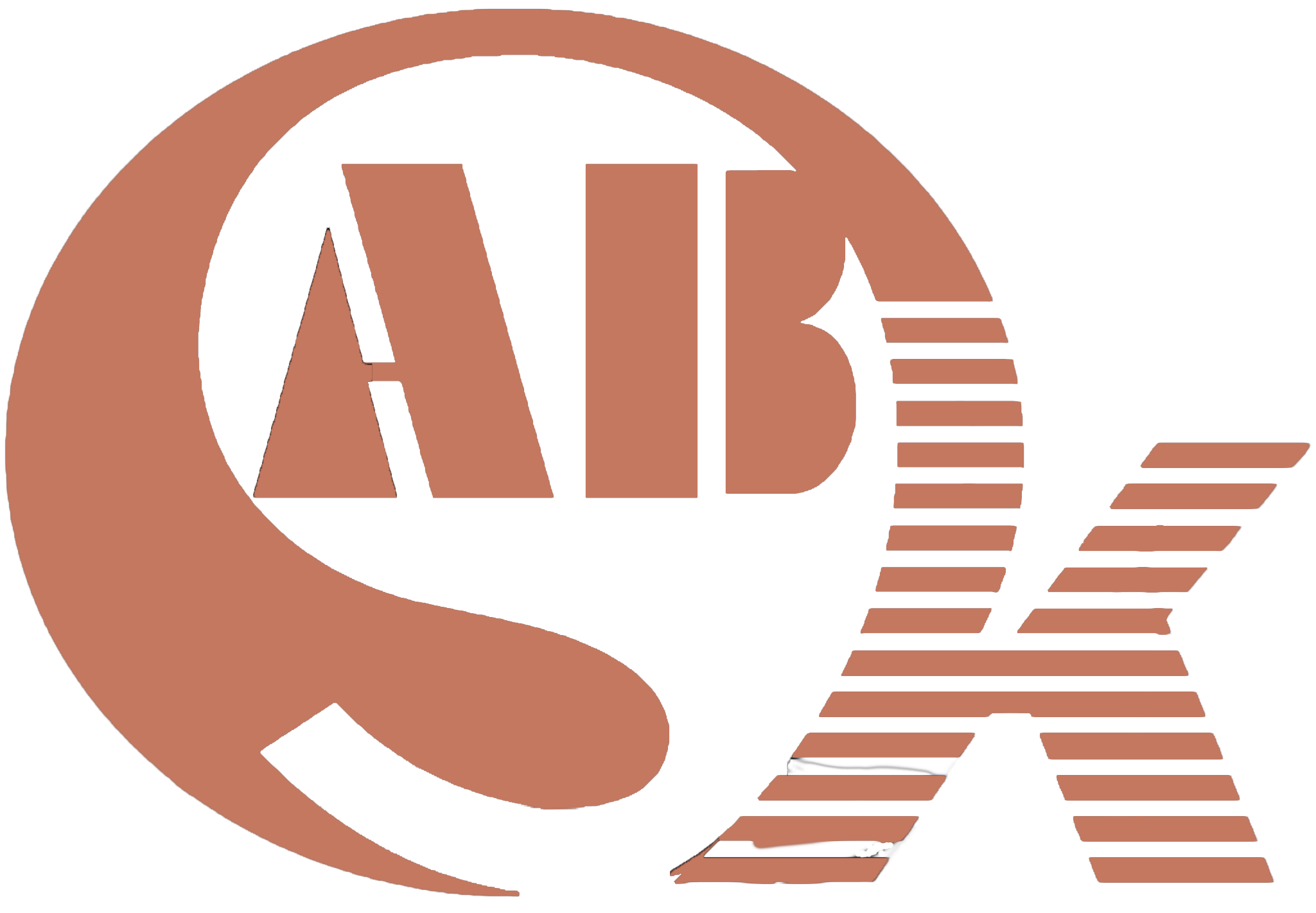Precision and Productivity: Exploring Welding Positioners for Professional Welding Projects
In the realm of welding, achieving precision and efficiency is a constant pursuit. Welding positioners have emerged as indispensable tools that contribute significantly to professional welding projects. These innovative devices not only enhance welding accuracy but also improve productivity by providing controlled positioning of workpieces. This article delves into the benefits of welding positioners, offering insights and professional guidance to ensure that your welding projects meet customer requirements with the highest level of professionalism.
Unveiling Welding Positioners
Welding positioners, also known as welding turntables, are mechanical tools designed to rotate and tilt workpieces, allowing welders to achieve optimal welding positions with ease. They come in various sizes and weight capacities, catering to a wide range of welding applications, from small components to heavy structures.
Elevating Welding Precision
a. Accurate Weld Joint Alignment: Welding positioners enable precise alignment of weld joints, ensuring that the weld is applied at the correct angle and position. This accuracy contributes to weld quality and structural integrity.
b. Reduced Welding Defects: Proper alignment and controlled positioning provided by welding positioners minimize the chances of welding defects, such as incomplete penetration or lack of fusion. The result is a finished weld that meets the highest standards.
c. Consistent Weld Quality: The controlled movement of welding positioners allows for uniform heat distribution during the welding process. This consistency leads to dependable and repeatable weld quality, which is essential for professional welding.
Benefits of Welding Positioners
a. Enhanced Productivity: Welding positioners significantly reduce the need for manual manipulation and repositioning of workpieces. This streamlines the welding process, leading to increased productivity and reduced downtime.
b. Improved Safety: By eliminating the need for welders to awkwardly reach and reposition workpieces, welding positioners enhance safety in the welding environment. This results in fewer workplace accidents and injuries.
c. Ergonomic Design: Welding positioners are designed to optimize the ergonomics of welding operations. Welders can work comfortably in the best position, leading to improved concentration and better weld quality.
Leveraging Welding Automation
Welding positioners can be integrated into automated welding systems to further enhance efficiency and precision. These automated systems utilize programmable logic controllers (PLCs) to control the movement of the positioner and adjust welding parameters, resulting in consistent and precise welds. Welding automation minimizes human error and ensures that welds meet stringent specifications.
Professional Tips for Effective Use
a. Workpiece Centering: Accurate centering of the workpiece on the positioner is essential to achieve precise welds. Proper centering minimizes distortion and ensures that the weld joint aligns perfectly.
b. Welding Procedure Optimization: Adjust welding parameters, such as travel speed and heat input, to account for the use of welding positioners. This optimization ensures that the welding process is tailored to the controlled movement of the workpiece.
c. Regular Maintenance: Like any equipment, welding positioners require regular maintenance to operate optimally. Regular inspections, lubrication of moving parts, and checks for alignment issues will extend the equipment’s lifespan.
Meeting Customer Requirements with Welding Positioners
a. Versatility: Welding positioners come in various sizes and weight capacities, making them versatile tools suitable for a wide range of welding applications. Their adaptability ensures they align perfectly with customer requirements.
b. Precision: The accuracy provided by welding positioners contributes to the precision required in welding projects. Customers can trust that their products will meet the exact specifications.
c. Efficiency: Welding positioners contribute to efficient production processes, which often leads to faster project completion. This efficiency translates to cost savings for customers.
Conclusion
Welding positioners have redefined the landscape of professional welding, offering a combination of precision, efficiency, and safety that is hard to match. With benefits such as enhanced welding precision, improved safety, and automation possibilities, welding positioners have become essential tools for welding professionals seeking to meet customer requirements with professionalism and excellence. By following professional tips and leveraging welding automation, welding professionals can harness the full potential of welding positioners, delivering welds that meet or exceed customer expectations and setting new standards of quality in the welding industry.
